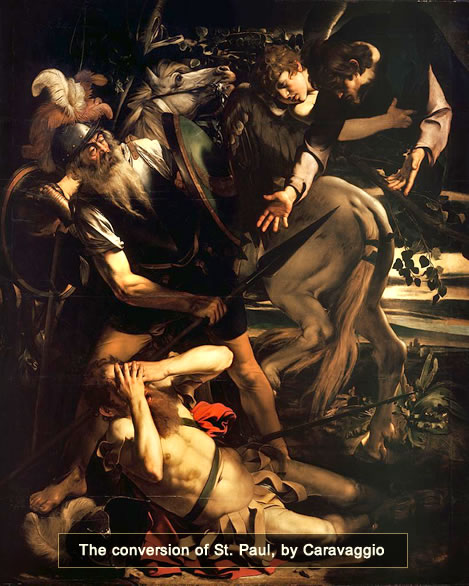LITURGICAL CALENDAR
Ordinary time in the liturgical year occurs outside of the other liturgical periods at two different times of year. The first period of Ordinary Time begins the Monday after the Sunday of the Epiphany of the Lord (January 6th) and extends to the Tuesday evening before Ash Wednesday. The second period begins the Monday after the Sunday of Pentecost and extends to the night before Advent begins. Basically, Ordinary Time encompasses that part of the Christian year that does not fall within the seasons of Advent, Christmas, Lent or Easter.
Ordinary time by no means infers that it is a period whereby the Church “breaks” from the liturgical year. Quite the contrary as Ordinary Time celebrates the mystery of Christ in all its aspects. Many important liturgical celebrations fall during Ordinary Time including: the solemnities of the Holy Trinity and the Body and Blood of Christ, the Sacred Heart of Jesus, the Immaculate Heart of Mary, the Assumption and Queen ship of the Blessed Virgin Mary, All Saints, Commemoration of the Faithfully Departed, Christ The King and more.
During the liturgical, there are two holy days of obligation where the faithful must attend Mass and they are:
During the liturgical, there are two holy days of obligation where the faithful must attend Mass and they are:

HISTORY OF THE BREVIARY
Below is a list of the major solemnities, feasts and memorials for the 2012-2013 liturgical year. For a complete list please click on the Archdiocese of Toronto’s 2012-2013 Liturgical Calendar:
- December 8th, 2012 – The Immaculate Conception of the Blessed Virgin Mary
- December 12th – Our Lady of Guadalupe
- December 25th – The Nativity of The Lord (Christmas)
- December 28th – The Holy Innocents
- December 30th – The Holy Family of Jesus, Mary and Joseph
- January 1st, 2013 – The Solemnity of Mary, The Holy Mother of God
- January 6th – The Epiphany of The Lord
- January 13th – Baptism of the Lord
- January 25th – The Conversion of St. Paul
- February 2nd – The Presentation of The Lord
- February 13th – Ash Wednesday
- March 19th – St. Joseph, Spouse of the Blessed Virgin Mary
- March 24th – Palm Sunday
- March 31st – The Resurrection of The Lord (Easter)
- April 8th – The Annunciation of The Lord
- May 3rd – Sts. Philip and James, The Apostles
- May 19th – Pentecost
- May 26th – The Solemnity of The Most Holy Trinity
- May 31st – The Visitation of the Blessed Virgin Mary
- June 2nd – The Solemnity of the Most Holy Body and Blood of Christ
- June 7th – The Most Sacred Heart of Jesus
- June 8th – The Immaculate Heart of the Blessed Virgin Mary
- June 24th – The Nativity of St. John The Baptist
- June 29th – Sts. Peter and Paul, The Apostles
- August 6th – The Transfiguration of The Lord
- August 15th – The Assumption of the Blessed Virgin Mary
- August 22nd – The Queenship of the Blessed Virgin Mary
- August 29th – The Passion of St. John the Baptist
- September 14th – The Exaltation of the Cross
- October 2nd – The Holy Guardian Angels
- October 7th – Our Lady of the Rosary
- November 1st – All Saints
- November 2nd – The Commemoration of the Faithful Departed
- November 9th – The Dedication of The Lateran Basilica
- November 21st – The Presentation of the Blessed Virgin Mary
- November 30th – St. Andrew The Apostle